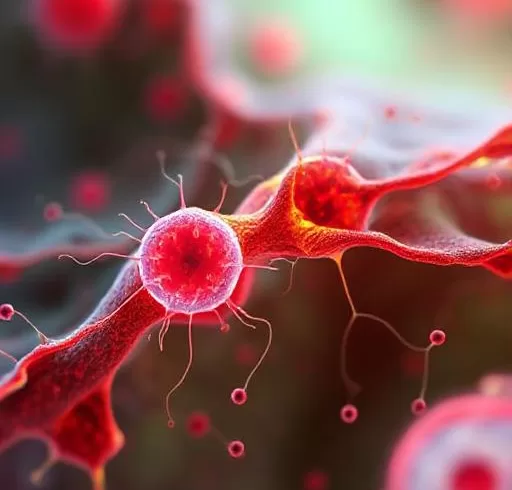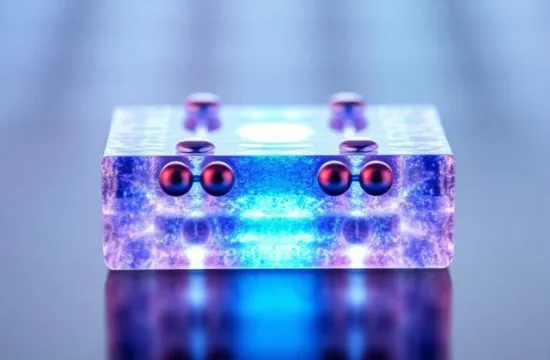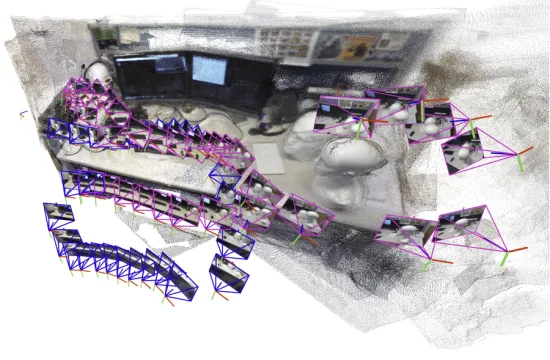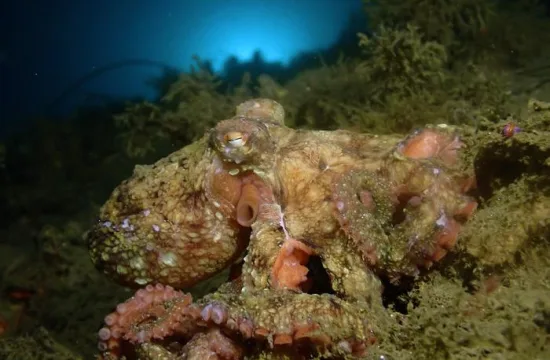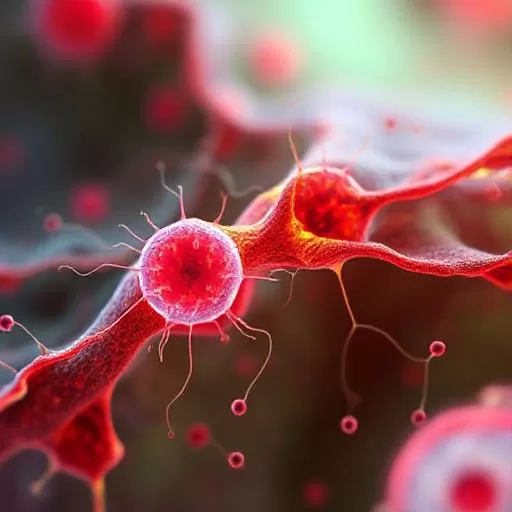
ST. LOUIS — Engineers at Washington University in St. Louis have uncovered how groups of normal cells can sense and respond to their environment far beyond their immediate surroundings—much like the famously sensitive princess in the classic fairy tale who detected a pea beneath a tower of mattresses.
Published in the journal Proceedings of the National Academy of Sciences (PNAS), the study builds on previous research into “depth mechano-sensing,” a process by which cells detect mechanical cues from layers beneath them.
While earlier findings showed that individual abnormal cells—particularly those with high front-rear polarity—could sense up to 10 microns into the extracellular matrix (ECM), the new research reveals that clusters of epithelial cells can extend that reach tenfold.
“Because it’s a collective of cells, they are generating higher forces,” said Amit Pathak, professor of mechanical engineering and materials science at the university’s McKelvey School of Engineering. Pathak co-authored the study with PhD student Hongsheng Yu.
The team found that these epithelial cells, which line the surfaces of tissues, work together to deform surrounding fibrous collagen and probe up to 100 microns into the ECM. This ability allows them to detect the stiffness of nearby tissue—whether it’s soft muscle, rigid bone, or a tumor—and adjust their movement accordingly.
Their models suggest that this sensing occurs in two distinct phases: clustering and migration. What the cells “feel” during clustering directly influences how they disperse, which has major implications for understanding how cancer spreads.
Cancer cells, known for their heightened sensitivity, use this mechanism to escape the tumor microenvironment and migrate undetected through soft tissues. By identifying the molecular regulators that enable such long-range sensing, researchers hope to pinpoint new therapeutic targets. Blocking a cancer cell’s ability to “feel” its way forward could potentially halt its spread.
This breakthrough offers a promising avenue for future cancer treatments—one that targets not just the cells themselves, but their remarkable ability to navigate the body’s terrain.

